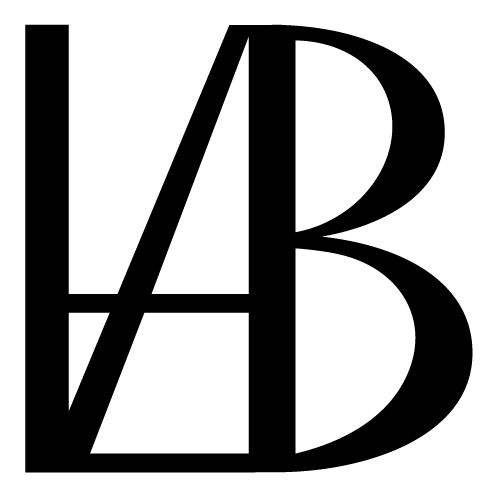Vegetable Maqloobeh- A Palestinian Dish
This is Palestinian Maqloobeh- a recipe for cultural solidarity.
Maqloobeh is a dish that is prominent throughout the Middle East, but enjoyed in Palestine and the diaspora. The dish dates back tot he 13th century and has nourished millions for centuries. There’s good reason why this beautiful, hearty meal is so popular and it speaks to the intentionality behind making it. No one randomly conjures up Maqloobeh. Time is spent preparing to make it, craft it, and the presentation that has everyone’s heartbeats put on pause with the flip of the pot.
This meal reminds us that millions of mothers, teta’s (an arabian term for grandmother), and baba’s (an arabian term for father) have spend hundreds of hours cooking this for friends, family, and strangers alike.
To spend time cooking a lengthy meal like this only speaks to the kindness and intentionality of these people, and how compassionate they are (despite how demonized they are by media)
Cultural solidarity can start anywhere and I choose to start in the kitchen, and you can too! I hope this nourishes you like it was meant to be, and the way I hope Palestinian’s everywhere can soon, and forever.
❤️💚🖤🤍
Vegetable Maqloobeh
Time: about 90-120 minutes
Serves: 4
INGREDIENTS
Vegetable Prep
1 small eggplant
1 small cauliflower
1 red bell pepper
1 large tomato
1 teaspoon sumac
salt, to taste
Mushrooms/Chickpeas (Our Meat)
1 (15-ounce) can chickpeas, rinsed
4 oz shiitake mushrooms, quartered
1 teaspoon baharat seasoning
1/2 tsp cumin
1 tsp cornstarch + 2 tbsp water
Juice of 1/2 lemon
Olive oil
Rice Prep
1 1/2 cups basmati rice, rinsed well
2 cups vegetable broth
1/2 tsp baharat (I love mine from @edysgrocer)
1/4 tsp turmeric
1 tsp salt
DIRECTIONS
Preheat the oven to 400F. Prep the vegetables. Cut the cauliflower into florets. Slice the eggplant in half, then half again, and cut into 1” thick quarter pieces. Remove the center/seeds from the red bell pepper and cut into 2” slices. Toss each vegetable, separately, with olive oil, a pinch of salt, and a pinch of sumac. Place on baking trays (If there is space, you can place the eggplant and pepper together). Roast the veggies for 20-25 minutes or until slightly charred.
In a skillet, heat 2 tablespoons of olive oil over medium heat. Saute 1 teaspoon of baharat and 1/2 teaspoon of cumin. Add chickpeas and mushrooms to the spices and saute for 6-8 minutes. In a small bowl, mix the cornstarch and water to create a slurry. Once the mushrooms and chickpeas have slightly browned, add the cornstarch slurry and toss to coat until thickened. This will help bind the chickpeas and mushrooms together when placed into the pot with the other veggies. Squeeze the lemon juice into the pot and toss to coat. Remove from heat.
In a 2-3 qt non-stick pot, drizzle 2 tablespoons of olive oil and rub around the entire pot. Layer 3 sliced tomatoes along the bottom. Then add the cauliflower on top. Pour the chickpea/mushroom mixture in, then layer the peppers and eggplant on top. Gently press the veggies down.
Add the rinsed rice on top and pack it down, gently. Mix the broth, baharat, turmeric, and salt until combined. Place a small pinch bowl on top of the rice upside down and gently pour the broth into the pot (this helps evenly distribute the liquid).
Heat the pot over medium-high heat until the liquid begins to bubble around the edges. Reduce to a simmer, then cover and cook for 35-40 minutes. Remove from heat and keep covered for another 10 mins.
When ready to serve, place a flat plate on top of the pot and quickly flip it over (placing one palm on the bottom of the plate, and one hand holding the pot’s handle). Gently tap along the bottom of the pot and sides to help release the veggies. Gently pull the pot up and away to reveal your masterpiece.
Garnish with freshly chopped parsley and flakey salt.


